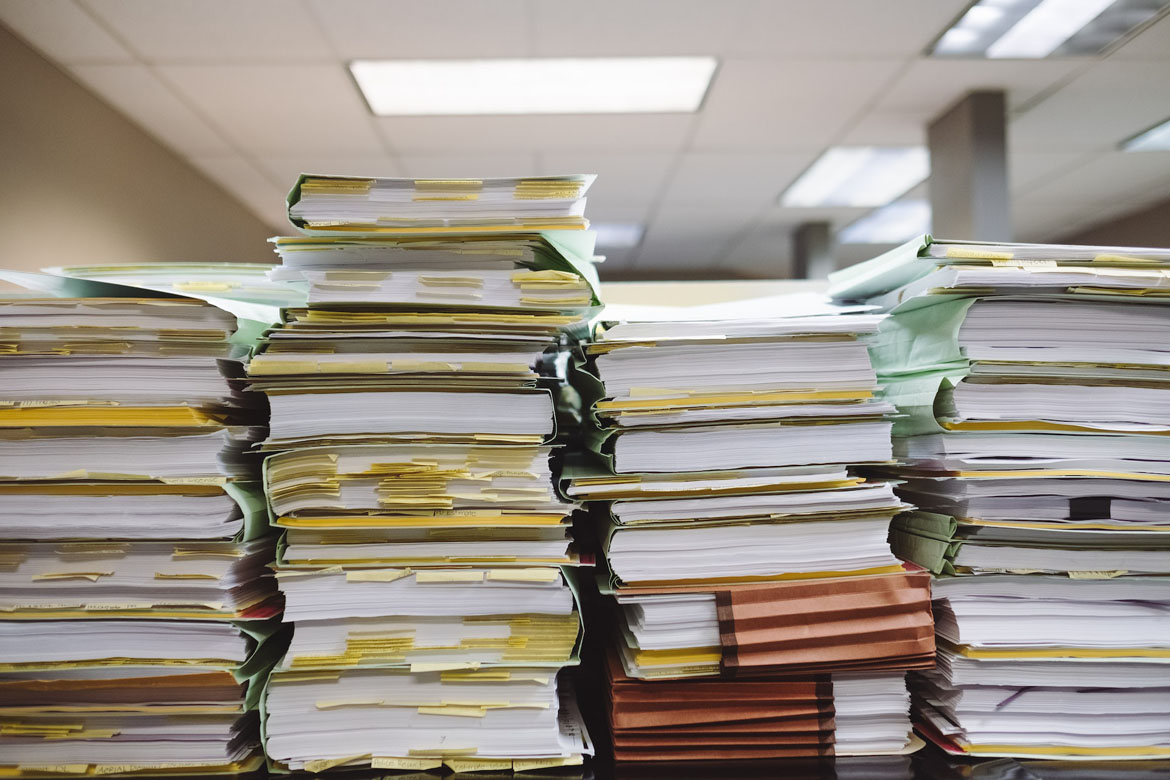What Are the Cost Factors of Commercial Real Estate Insurance?
Commercial real estate insurance, also known as commercial property insurance, is a type of insurance designed to protect property owners and businesses that own and lease commercial properties. This type of insurance is useful to protect the owners financially in the event of various risks and dangers that might damage the real estate properties.
In this article, we analyze the cost factors of commercial real estate insurance to get a better understanding of this matter and to acquire some more knowledge on the matter of commercial real estate insurance.
Property Value, Location and Risk Exposure
There are several key factors that impact the cost of commercial property insurance. First of all, there is the matter of property value, which is of primary importance when deciding or calculating the cost of an insured property. The higher the property’s value, the more expensive the insurance premium. Insurers consider many aspects, such as the building’s construction, but also the square footage, age and location of the building, when determining its value.
Another important factor to consider is the location and risk exposure factors. The location of an establishment or commercial property can deeply influence insurance costs. It is enough to think about how some locations are more prone to natural disasters, such as earthquakes, but also floods, hurricanes, tornadoes and many others. Properties in these areas might require higher premiums.
Building Construction and Use of the Property
Construction type and material used in the process of building a commercial building are also other factors that can affect insurance costs. If buildings are made of fire-resistant materials, such as concrete or steel, they can qualify for lower premiums, as there is a reduced possibility of damage from fire-related accidents. When the opposite happens and, therefore, property is constructed with more combustible materials, this might lead to a higher insurance cost.
The use of the property is another factor that can change the cost of insurance. To know more about this, check out Titan Risk and get all the information you need. Take a warehouse storing dangerous materials. This type of property will likely have higher insurance costs than a retail store. There are specific types of risks associated with the type of business conducted on a specific property.
Security Measures and Claims History
Insurance costs can be changed by the security systems implemented in a specific building. A building with security systems, surveillance cameras, burglar alarms, fire alarms, and sprinkler systems is normally considered a building at lower risk. These simple measures, which require an initial investment, will lower the likelihood of theft, vandalism and even fire-related incidents. This will probably result in potential premium discounts.
A business with a long history of claims might be viewed as a higher risk and, therefore, face higher premiums. This is because the history of a business helps trace the likelihood of certain accidents and finally, it works as a roadmap to calculate the adequate premium for every business.
This was just a short overview of all the factors that have an impact on insurance, but there are many more resources to check out if you are interested in this topic. This short and concise guide will help you gain a general understanding of this matter.
This can serve as a useful starting point to dive deeper into the world of commercial real estate insurance while already having a certain level of ground knowledge on the matter. Thank you for reading this article and we hope it will be helpful for your future insurance plans.






